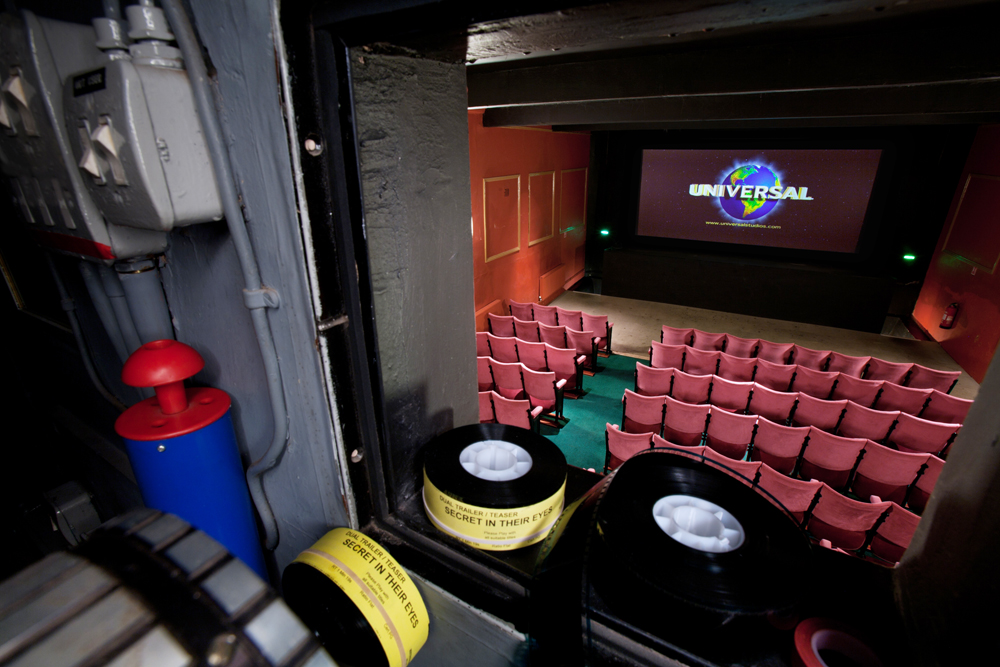It’s hard to be in the movie theater business nowadays. With the rise of streaming sites like Netflix, Hulu and Amazon, many people today are deciding to stay home when it comes to watching cinema, and they have reason to. With ticket prices constantly increasing, it’s becoming pretty costly.
According to the Wall Street Journal, the number of tickets sold in 2013 slipped around 1.5 percent, from 1.36 billion to 1.34 billion. They also reported an 11 percent drop in overall ticket sales between 2004 and 2013. In January, Time Magazine reported that people are less likely to go to the movies because they think tickets are overpriced, which is becoming a common belief for the average citizen. Going to the movies is starting to become more of a luxury than ever before.
As a former employee of Regal Cinemas, I am more than aware of how outrageous prices can be. I’ve had my fair deal of furious customers accusing me of ripping them off (because obviously I’m the one who dictates the prices).
I decided to test the waters on a Saturday afternoon and see how much damage would be done to my wallet. A regular adult ticket to see Birdman ended up costing me $11, and with a small popcorn and a small drink, the total came to $25.
We entered the theater around 10 minutes before the starting time, assuming we’d have to in order to avoid straining our necks in the front row. To our surprise, we entered an empty theater. I wasn’t expecting anything huge, but the fact that only nine people (including us) ended up present for the showing was a tad shocking.
These companies know about their turnout rate. The only way movie theaters make profit nowadays is through concessions sold at the theater, where only around a quarter of moviegoers buy food and drinks. This is why you see such high prices at concession stands. For example, according to The Inquisitr, a small bucket of movie theater popcorn will cost around $5, which is more per ounce than a filet mignon. When compared to the price popcorn should actually be, they concluded we’re paying over 1,200 percent more than what it’s actually worth.
Some companies have even tried to create a more sophisticated (and costly) experience for a moviegoer. An example would be Regal Cinemas and their creation of the Regal Premium Experience, also known as RPX. For about an extra $4, you get to experience the “first-class of movie theaters,” full of rocking chairs, bigger screens and louder sounds. Unfortunately, that’s all that you really get out of it. There isn’t much to differentiate between the two.
As I settled down to watch Birdman, I started to see why theaters have still managed to exist. The transition to digital cinema has improved the sharpness and quality on screen, and the roaring sound from the speakers engulfs you into the film. Hell, they’ve even managed to improve the fabric of their seats while throwing in some leather arm rests as the cherry on top. Birdman turned out to be one of the best movies I’ve seen in a while, and my hidden craving for Sour Patch Kids was finally met.
I wasn’t sure if it was due to me being an economics major (opportunity costs are my weakness), but what stops me from concluding my experience as something worthwhile was the fact that I knew the $25 I spent could’ve been used to do a multitude of other things.
What does the future of movie theaters look like? Well, it’s looking pretty bland. There will be the occasional must-see-in-theaters film, but it’s likely that you won’t be seeing as many filled seats as you’re used to. The rise of binge-watching a Netflix series is transforming how people spend their leisure, yet your wallet will probably thank you.






